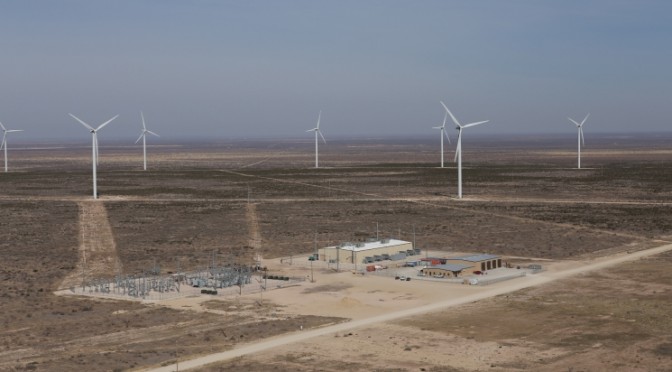A series of stories in The Oregonian has raised some questions about state programs to encourage clean energy development in our state (“One project, indivisible,” March 10; “A hard look at tax credit windfall,” Feb. 24).
Were state tax credits for renewable energy correctly granted? Does the letter of the rules match their spirit? Is there a need to improve oversight and accountability for the program? If so, how? The tax-credit program is complex, but, as The Oregonian said in its March 1 editorial, encouraging renewable energy development is something Oregon can’t afford to get wrong (“$30 million blowin’ in the wind”).
More to the point, it’s something well worth getting right.
People talk a lot about the potential of wind energy, but we’ve seen that promising potential turn to an empowering reality here in Gilliam County and neighboring Morrow and Sherman counties. Take a look at the benefits up close, and you’ll understand why it’s worth having programs designed to encourage wind-energy development.
For our communities, wind energy brings new industry that strengthens and diversifies our agriculture-based local economy. The developments at Shepherd’s Flat created some 400 well-paid construction jobs in our counties in recent years and generated millions of dollars in sales of local materials, goods and services.
And that surge of activity was just the beginning. The three projects at Shepherd’s Flat provide permanent employment for as many as 45 workers — not a small number here in our county of fewer than 2,000 people. What’s more, the new wind turbines will generate an estimated $5 million annually in income for Gilliam County under the Strategic Investment Program agreement and $1.9 million for Morrow County. In addition, there are the royalty payments that landowners receive each year.
As a county official who shares responsibility for maintaining rural roads, funding social services and ensuring public safety, I assure you this kind of economic development would be welcome anytime. Coming, as it did, during troubled economic times, the investment has been a godsend. Wind energy is generating a brighter future for our communities.
The benefits ripple broadly. Statewide, this one wind farm offers an estimated economic impact of $37 million a year.
I’m not sure you can put a price tag on the fact that power generated from this single development can serve more than a quarter-million homes while diversifying our energy mix.
We’re reaping great benefits from wind energy. But Oregon has only begun tapping the potential for renewable energy — not just wind farms but also solar, geothermal and other clean-energy development.
To turn more of the potential into reality, Oregon must maintain consistent and stable policies that encourage substantial new investments like Shepherd’s Flat. Tax credits are useful incentives that contribute to the investment equation. As with all things involving public-private partnerships, good administration and accountability help ensure success.
Oregon is a recognized leader in clean-energy development. The energy projects our state fosters also make Oregon a leader in sound and sustainable economic development. That’s not to say we can’t do better as we continue to tap our renewable-energy potential. But tax-generating turbines and economy-rippling paychecks are good reminders that we’re doing an awful lot of things right.
Steve Shaffer is the Gilliam County judge.
Related articles:
Nebraska: New wind farm highlights PTC decision, October 18, 2012
Study: Wind power puts more dollars in rural county residents’ pockets, October 5, 2012
Connecting the dots: PTC uncertainty threatens wind’s benefits to Illinois economy, July 19, 2012
Wind turbines’ meaning for Oregon ranchers: Hope, July 18, 2012

